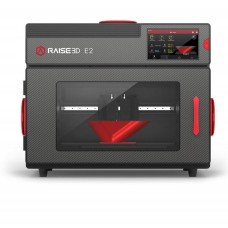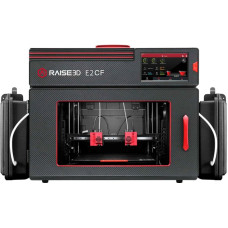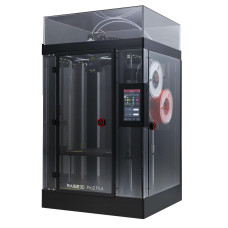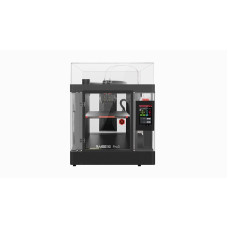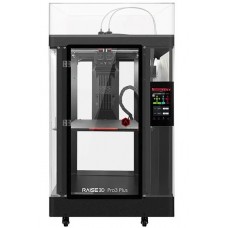Raise3D 3D-Drucker
Raise3D 3D-Drucker, innovative 3D-Drucktechnologie, die den Weg zur flexiblen Fertigung weist.
Die 3D-Drucker von Raise3D sind auf Qualität ausgelegt. Sie sind einfach zu bedienen und zu warten und gewährleisten eine hohe Genauigkeit mit einer hohen Auflösung von bis zu 0,01 mm, strengen Qualitätsstandards und großen Formaten.
Raise3D wurde mit dem spezifischen Ziel gegründet, das Leben der Menschen zu verbessern und den Standard des 3D-Drucks durch innovative Technologien zu erhöhen. Darüber hinaus sollen Unternehmen in die Lage versetzt werden, mühelos hochauflösende, innovative 3D-Modelle zu entwerfen und zu produzieren.
Diese preisgekrönten 3D-Drucker wurden speziell für die Bedürfnisse innovativer Unternehmen entwickelt, die avantgardistische Produkte herstellen, und schreiben die Geschichte des kontinuierlichen 3D-Drucks fort. Sie sind äußerst vielseitig und ermöglichen eine personalisierte und zuverlässige Fertigung auf Abruf. Alle Raise3D 3D-Drucker kombinieren erfolgreich fortschrittliche Materialien, ein vollständig geschlossenes Design und massive Bauvolumina, um sich perfekt an jede Phase des Herstellungsprozesses anzupassen.
Um zuverlässige, industrietaugliche Geräte anbieten zu können, legt das Unternehmen besonderes Augenmerk auf neue Denkansätze und investiert ständig in Forschung und Produktentwicklung. Darüber hinaus strebt es eine engere Zusammenarbeit mit Vertriebspartnern, Endverbrauchern und Filamentherstellern an, die Teil seines Open Filament Programms sind, um stets 3D-Drucklösungen mit einem höheren Wert anzubieten.
Raise3D 3D-Drucker
Das Unternehmen hat eine Vielzahl von vormontierten 3D-Druckern entwickelt, die für jedes Projekt geeignet sind. Zu seinen 3D-Druckerlinien gehören derzeit die N-Serie und die Pro2-Serie. Die erste besteht aus dem Raise3D N1, dem N2 und dem N2 Plus, der über eine riesige Druckfläche von 304,8 x 304,8 x 609,6 mm verfügt. Die Pro2-Linie umfasst den Raise3D Pro2 und den Pro2 Plus.
Alle Drucker sind entweder mit einem Einzel- oder Doppelextrusionssystem erhältlich. Sie verfügen über ein beheiztes Bett, das sie für den Druck mit ABS-, PETG-, HIPS- und Nylon-Filamenten geeignet macht, sowie über eine Funktion zur Rückgewinnung von Energieverlusten. Ein 7-Zoll-Farb-Touchscreen gibt Ihnen die Möglichkeit, Ihre Drucke über eine benutzerfreundliche GUI zu verwalten und zu steuern. Raise3D-Drucker ermöglichen auch die Fernüberwachung über Ethernet oder Wi-Fi.
Raise3D-Produkte werden derzeit in verschiedenen Bereichen eingesetzt, vom Industriedesign über den medizinischen Bereich bis hin zu Forschungseinrichtungen, Architektur und vielen anderen.
Worauf warten Sie noch? Lassen Sie sich von diesen innovativen 3D-Druckern inspirieren und setzen Sie Ihren kreativen Geist frei.
Brauchen Sie Hilfe?
Top 3D Shop bietet eine große Auswahl an 3D-Druckern auf Lager zu den besten Preisen auf dem Markt. Unsere freundlichen und sachkundigen Mitarbeiter stehen Ihnen bei jedem Schritt Ihrer 3D-Druckreise zur Seite, sei es durch eine persönliche Beratung, durch unsere umfassenden Testberichte oder nützliche Tutorials.
Sie haben eine Frage? Kein Problem! Rufen Sie uns an oder kontaktieren Sie uns per E-Mail oder Online-Chat.









